
CJS.Org Introductory Remarks:
Here we continue with the fifth part of our account taken from Bernard St John’s out-of-print 1904 book, The Blessed Virgin in the Nineteenth Century: Apparitions, Revelations, Graces.
The account is serialised at this site in ten parts, which you can easily navigate by clicking on this table of contents:
- Part I: The First Apparitions
- Part II: The Spring of Miracles is Discovered
- Part III: “Tell the Priests that a Chapel Must be Built …”
- Part IV: “I Wish People to Come Here in Procession.”
- Part V: The Miracles of Cures and Healing Begin …
- Part VI: She Said in a Voice that Trembled a Little: “I am the Immaculate Conception.”
- Part VII: The Miracle of the Lighted Candle
- Part VIII: The Last Apparition
- Part IX: After the Apparitions
- Part X: The Later Years
We will also note that we think Bernard St John’s text is a fine book indeed, well-written and clearly well-researched, drawing on many sources. We would in fact like to republish the book ourselves (with some additional commentary).
But for now, in addition to this series on Lourdes, the interested reader can also find extracts from Bernard St John on Our Lady of the Miraculous Medal, as well as La Salette (in a series starting here) and Our Lady of Pontmain (in a series starting here) —RB
From Bernard St John:
The spring that at Bernadette’s touch had welled forth, at first drop by drop, and afterwards in a full stream, constituted the great stumbling block for opponents, these having to contend not only with the, humanly speaking, inexplicable discovery of the spring, but also with the fact that cures had already been effected by contact with its water.
One of the earliest, if not the earliest, of these cures, was that of Louis Bourriette, whose right eye had been gravely injured by an accident some twenty years before.
The little power of sight left in the deteriorated organ had diminished as years had gone by, and at the time of which we write, Louis Bourriette, looking with his right eye only, could not distinguish a man from a tree.
Hearing of the newly-born spring at the Grotto, he said to his daughter: “Go and fetch me some of that water. The Holy Virgin can cure me if she will.”
His wish being complied with, he at once began rubbing his injured eye with some of the water.
In a moment he was heard to utter an exclamation.
Words could not tell what he felt. He found that he could see with the eye that just before had been all but sightless. He saw at first as through a luminous haze. The haze cleared away, and then the sight became perfect.
A day or two afterwards, meeting his medical man, Dr. Dozous, whom we have seen in the quality of a man of science at one of the Apparitions, he said to him: “My eye has recovered its power of sight.”
“That is impossible,” replied the doctor; “you are suffering from an organic lesion which renders your case incurable. What I prescribe for you is only with the object of relieving your suffering; it cannot restore your sight.”
“It is not you who have cured me,” said the man, speaking with emotion; “it is the Holy Virgin of the Grotto.”
Dr. Dozous shrugged his shoulders. “That Bernadette has ecstatic visions that cannot be explained I do not deny,” he said; “I have verified as much myself.
But that water suddenly springing from a rock, through what agency no one knows, should possess the power of curing incurable diseases is impossible.”
So saying, he drew a note book from his pocket and scribbled a few words in pencil on one of the leaves.
Then putting what he had written before the patient’s right eye, and covering with his hand the man’s other eye he said: “If you can read that I will believe that your sight is restored.”
A little crowd had by this time gathered round. In a strong voice and without hesitation, Bourriette read: “Bourriette is suffering from an amaurosis, which is incurable.”
The doctor’s astonishment knew no bounds. He honestly owned himself beaten.
At the Commission of Enquiry, afterwards appointed by the Bishop of Tarbes to enquire into the early Lourdes cures, reputed to be miraculous the case of Louis Bourriette was declared to be unexplainable according to known laws.
Another case belonging to this quite early period is that of a dying child plunged in the piscina, held there for a quarter-of-an-hour, and then recovering.
The child was two years old, had been sickly from birth, had never attempted to walk, and was wasting from slow consumption.
On March 4th, his parents, Jean and Croisine Ducouts, were bending over him expecting every breath to be his last. The mother had moved away not to see him die.
“He is dead!” said the father.
“He is not dead!” exclaimed the woman.
Then, as if possessed by a sudden idea, she ceased weeping. “He is not dead!” she said again; “and the holy Virgin of the Grotto will cure him for me!”
So saying, she snatched the child from his cradle, wrapped him in her apron, and prepared to leave the house.
Expostulations were useless, her only reply being: “Let me go and implore the Mother of God.”
Hurrying through the streets with her half-naked child in her apron and praying as she went, she appeared a mad woman.
It was about five o’clock in the afternoon when she reached the Grotto. Some hundreds of persons were there at the time.
She moved on her knees to the rude piscina, which had been dug by the quarrymen on the previous Sunday.
When close to it she made the sign of the cross on herself and child, and then plunged the infant up to the neck in the intensely cold water and held him there.
She was expostulated with; she was even called an unnatural mother. To no purpose. To some one who spoke to her and touched her she said: “Let me alone. I will do what I can, and God and the Holy Virgin will do the rest.”
At the end of a quarter-of-an-hour she withdrew the child from the water, wrapped him in her apron as before, and hurried from the spot.
When she reached home her husband, on seeing her unfold what he believed to be a little corpse, said: “You see he is dead.”
“No, he is not dead!” she replied.
She laid the child in his cradle, probably not daring to ascertain definitely whether he was dead or alive.
After a few seconds, she exclaimed with joy: “He is breathing! “
In truth, he was not only breathing but sleeping a sound, refreshing sleep, which was to last for some hours.
When he awoke the next day he asked for food and had a bright face, and what, for a child who had never been able to use his legs, was more extraordinary, he wanted soon afterwards to walk.
The mother, afraid, kept him in bed; but there was great joy in the humble home, for a child that had been as dead was restored to life.
The following morning both parents went out to work, leaving the child asleep in his cradle. When the mother returned, to her great surprise, she saw her little boy walking among the chairs. He ran towards her when he saw her.
Both parents gave thanks on their knees, for their child had been more than brought back from the grave; a strength that he had not possessed before had been suddenly given him.
M. Peyrus, the doctor who had attended the child, and Doctors Dozous and Vergez, did not hesitate to declare the cure the result of Divine intervention. This case was brought before the Commission of Inquiry, appointed soon afterwards.
To Navigate through this Series:
Foreword for Monarchy by Roger Buck
Buying Books at Amazon Through These Links Gives Us a Commission. This Supports Our Apostolate. Thank You if You Can Help Us Like This!
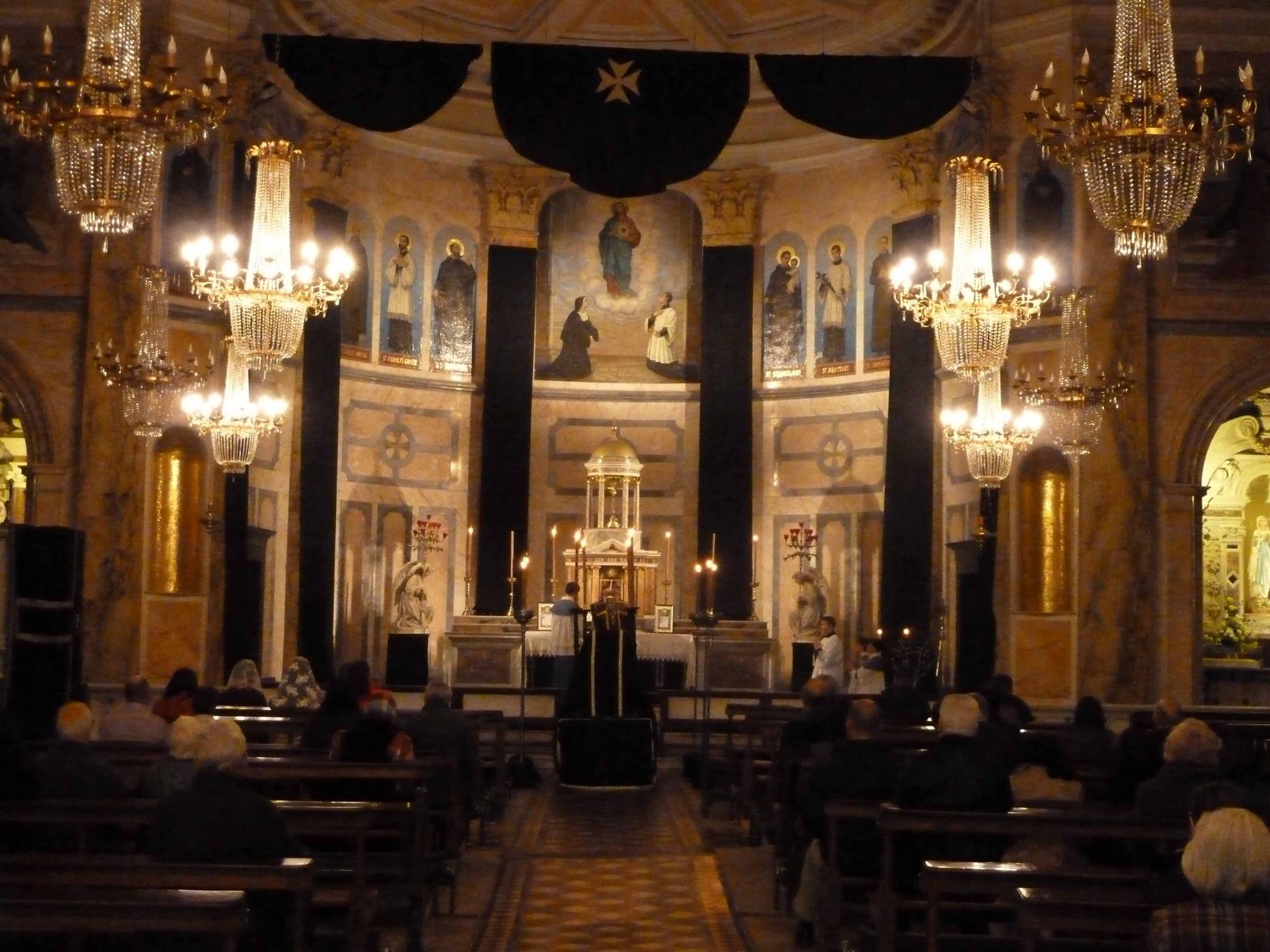

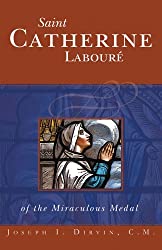
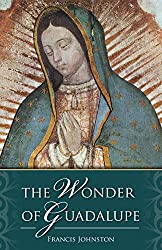
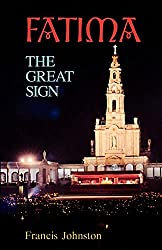
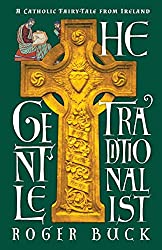
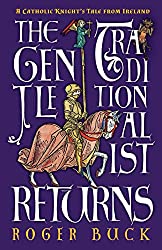
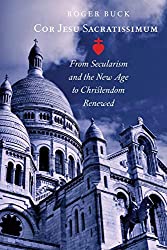
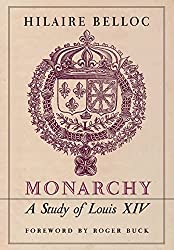
Comments
comments are currently closed
One response to “The Story of St. Bernadette and Lourdes—Pt. 5: The Cures and Miracles Begin”
[…] Part V: The Miracles of Cures and Healing Begin … […]